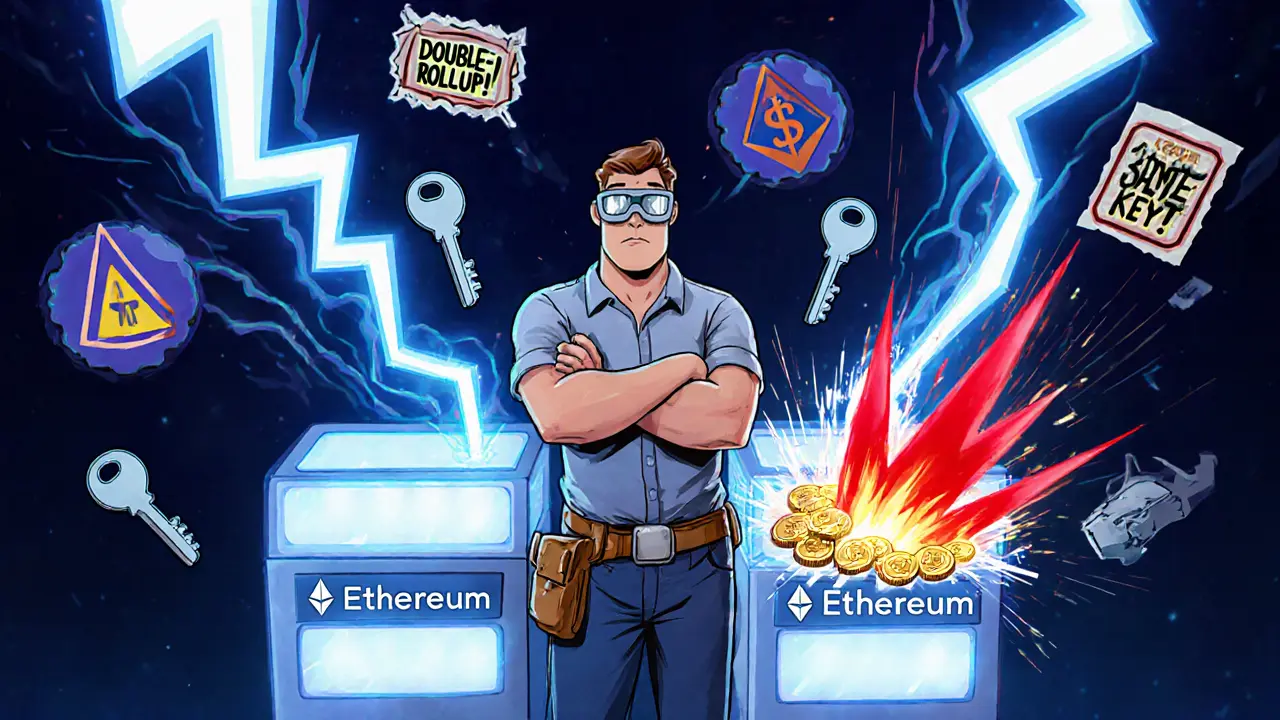Validator Security: Protect Your Node and Keep Your Crypto Safe
When you run a validator, a node that confirms transactions and helps secure a blockchain network, often by staking cryptocurrency. Also known as staking node, it plays a vital role in proof-of-stake systems like Ethereum, Cosmos, or Polygon. If your validator goes offline, gets hacked, or misbehaves, you don’t just lose rewards—you could lose part of your staked coins. This isn’t theoretical. In 2023, over $120 million in staked assets were slashed across major networks due to poor validator setup. That’s not a glitch. It’s a consequence of skipping basic security steps.
Validator security isn’t just about keeping your private keys safe—it’s about the whole stack. Your server, your network, your software updates, even your power supply. A blockchain security, the set of practices and tools used to protect decentralized networks from attacks, fraud, and system failures strategy needs to cover hardware isolation, firewall rules, automated monitoring, and cold storage for signing keys. You can’t just copy-paste a tutorial and call it done. Real validator security means understanding how an attacker might target your node—whether through a compromised SSH login, an unpatched vulnerability in your client software, or a DDoS attack that knocks your server offline.
Many people think staking is passive income. It’s not. It’s active maintenance. A staking security, the specific measures taken to protect cryptocurrency held in staking roles from theft, slashing, or operational failure failure can cost you more than a bad trade. Slashing penalties can hit you for double-signing, downtime, or even running outdated software. Some networks penalize you for being offline for just 10 minutes. That’s why top validators use redundant servers, geographically distributed backup nodes, and automated alert systems. They don’t wait for an email to tell them something’s wrong—they know before the network does.
And it’s not just about tech. The human side matters too. Using the same password across your wallet, email, and server? That’s how you get hacked. Writing your seed phrase on a sticky note next to your computer? That’s how you lose everything. Real validator security means separating responsibilities: one device for signing, another for monitoring, a third for backups—all air-gapped when possible. Even small mistakes compound. A single misconfigured firewall rule can expose your validator to the entire internet. One unpatched update can open the door to a known exploit that’s been public for months.
What you’ll find in the posts below isn’t a list of tools. It’s a collection of real-world lessons from people who’ve been through it. From how to secure a Cosmos validator against common attack vectors, to why running your node on a cloud provider without proper isolation is risky, to what happens when you forget to rotate your signing keys. These aren’t theory pieces. They’re field reports from the front lines of blockchain infrastructure. Some cover setup mistakes that cost people thousands. Others show how to build a validator that runs for years without a hiccup. Whether you’re new to staking or you’ve been running nodes since 2020, there’s something here that’ll make your setup tighter, smarter, and safer.

How to Slash Restaking Risks: A Practical Guide for Validators and Stakers
Caius Merrow Oct, 30 2025 0Restaking boosts yield but multiplies slashing risks. Learn how to avoid losing your stake with practical steps for secure key management, monitoring, and infrastructure setup.
More Detail